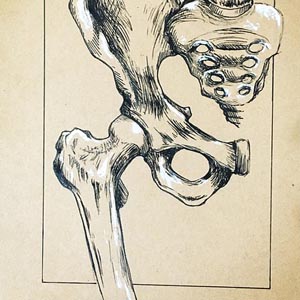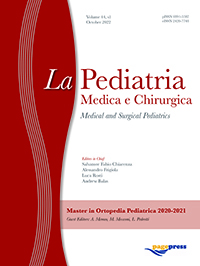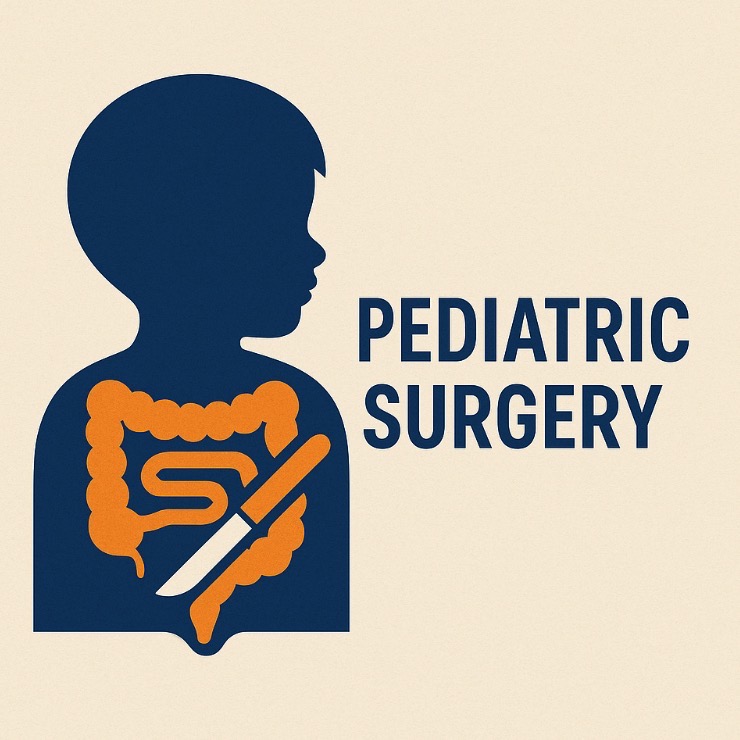Congenital hip dysplasia: The importance of early screening and treatment

All claims expressed in this article are solely those of the authors and do not necessarily represent those of their affiliated organizations, or those of the publisher, the editors and the reviewers. Any product that may be evaluated in this article or claim that may be made by its manufacturer is not guaranteed or endorsed by the publisher.
Authors
Congenital Hip Dysplasia (CHD) is characterized by a hip joint dislocation between the femoral head and the acetabulum, with a multifactorial etiology. This disorder can be an isolated condition or the manifestation of a syndromic condition, and it has been estimated with higher rates than registered, with a predominance in female sex and left side; risk factors are now defined. In Italy, the incidence rate is 3-4%, with significant regional differences: higher in Lombardy and lower in Sicily. Because clinical examination alone is insufficient to diagnose CHD, it is supplemented with ultrasonography and X-ray if necessary. Surveillance, static or dynamic splints, or osteotomies are the only treatment options. The goal of this study was to evaluate our experience in terms of management and conservative treatment of all newborns from January 2018 to May 2022: female sex and left hip were major involved, risk factors were not significant in our case, but results from early diagnosis and treatments, in terms of better outcome, were interesting. After a strict 6-month follow-up period, 89.13% of the patients were classified as grade Ia or Ib according to the Graf classification system. Finally, we emphasize the importance of early universal screening and subsequent diagnosis to allow for early treatment of the disorder, at an age when conservative treatments can yield good results.
How to Cite

This work is licensed under a Creative Commons Attribution-NonCommercial 4.0 International License.
PAGEPress has chosen to apply the Creative Commons Attribution NonCommercial 4.0 International License (CC BY-NC 4.0) to all manuscripts to be published.







